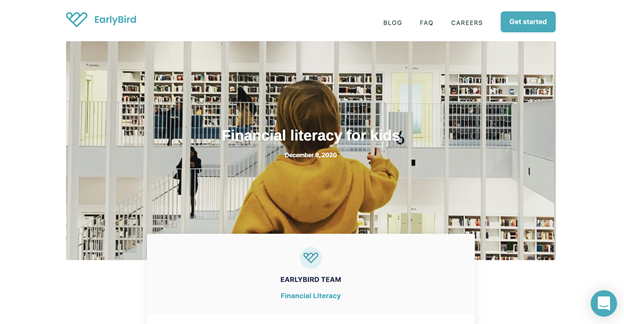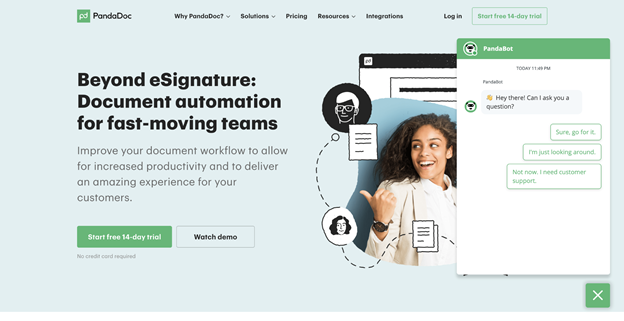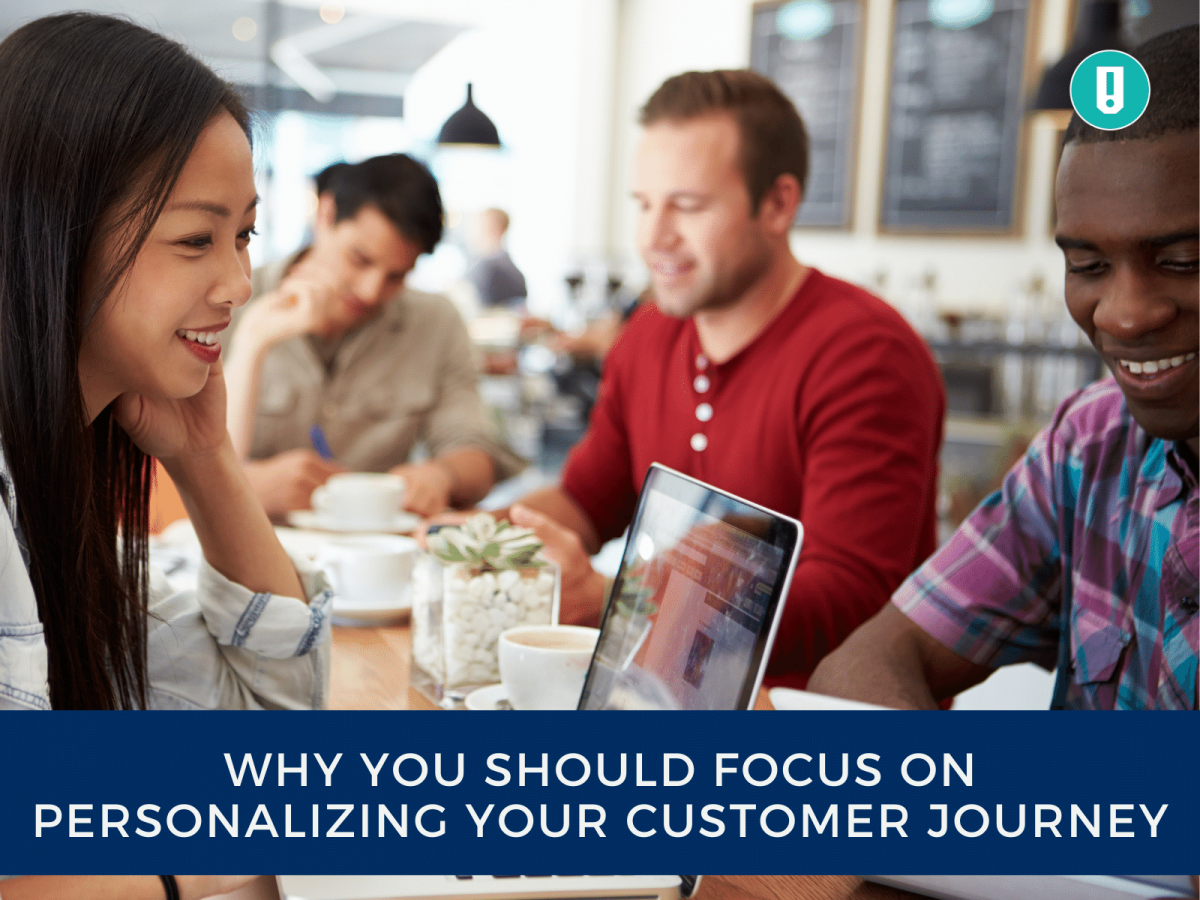If you could sell your product face-to-face to every customer, would you?
The answer is probably a resounding yes. Unfortunately, this isn’t a realistic nor scalable way to effectively grow your business. This desire, though, reinforces the idea that personalization is needed to more proactively appeal to every individual customer.
Although you might not be able to sell directly to each customer on a 1:1 basis, you can still personalize your customer journey, so it feels like you are speaking directly to them.
Masterfully accomplishing this, though, is no easy task. The extra effort into infusing personalization into your campaigns can be costly, time-consuming, and ineffective if it’s done improperly. However, when it’s done right, it can be a business-altering moment for the company.
Let’s take a look at some of the reasons why you need to focus on personalizing your customer journey and how you can accomplish this.
1. It’ll make your brand more relatable
Customers want to buy a solution for their problem — not someone else’s. That’s why it’s so important to incorporate personalization into your messaging.
Every customer has their own individual wants and needs. Your product and service might address a specific need in a certain industry. Simply having general copy that you include in nurture emails and on landing pages for prospects in multiple industries won’t cut it.
Instead, you need to invest the time and resources into developing messaging that relates directly to the value propositions that your target customers are looking for in their specific industries. This messaging should be rolled out in marketing assets that are used in these targeted campaigns.
For example, Earlybird, an app that helps adults invest in their children’s financial futures, has a blog on its website that covers financial literacy for kids. They know that their audience is searching for this content, so they feature it prominently on the site.

EarlyBird knows its customers aren’t just financially savvy parents but also aunts, uncles, and grandparents too. That’s why the team personalizes content to include assets for all types of buyers.
Another post is titled “The Best Gift Ideas for Aunts to Give their Nieces.” This shows how a brand can make relatable, personalized content for prospects to consume.
2. You’ll provide more value
With more personalized experiences, customers will find more value in your business.
They won’t just be purchasing a product or service. Instead, they’ll be getting resources and insight from a partner that is knowledgeable in their industry. This lays the foundation for a value chain, or the extension of value provided to customers beyond a product.
The following personalized assets can be valuable resources for your company to share with prospective customers:
- Guides
- Industry Reports
- Whitepapers
- Webinars
- Blogs
These assets can be made to highlight a variety of use cases, industries, buyer personas, and more. They appeal to specific consumers in a variety of segments.
3. Personalization drives conversions
Finally, personalization drives more conversions. Prospective customers often have a solution in mind when they’re browsing products and services. They want something that can solve their problem. That’s why personalization is essential.
You need to look closely at your buyer’s journey. Determine which parts of it may be ostracizing or unrelatable for a segment of prospects.
One way to personalize the customer journey is through the implementation of chatbots. A chatbot is an interactive module added to a website that allows 1:1 communication with a team member.
This makes the customer experience more personalized because prospective customers can get answers to questions almost immediately.
PandaDoc has a chatbot on its homepage to answer any questions that may arise:

As the consumer is browsing the site, a small box in the corner will light up and pop up, asking the visitor if they have any questions. After their question is submitted, it’s re-routed to an existing employee who can chat directly with them. Some chatbots offer pre-programmed responses for frequently asked questions.
Chatbots lead to higher conversion rates because buyer hesitations can be squashed immediately while they’re still on the website and in the consideration phase.
By focusing on personalization, you can find new ways to connect your business to customers and drive conversions. With conversions increasing, you’ll hit your sales targets and ultimately drive revenue for your business.
Conclusion
Personalization can sometimes be thought of as a marketing buzzword, but it’s needed now more than ever in your marketing mix. You shouldn’t be using a “one size fits all” sales approach. Instead, you should understand how your messaging, design, and purchasing path can be personalized to specific segments of your target customer base.
This should be done to make your brand more relatable, drive value for your customers and increase conversions for your business. With a more personalized buyer journey, prospects will feel like you’re talking directly to them and offering a solution that they can’t pass up.
Bethany Santos is a former HR Officer who later found her specialty in digital marketing. With a keen interest in content optimization and market behavior, she’s become a walking database for industry news. Her first job was at a small staffing agency, where she learned to nurture employee relations and intercultural management.







Leave A Comment